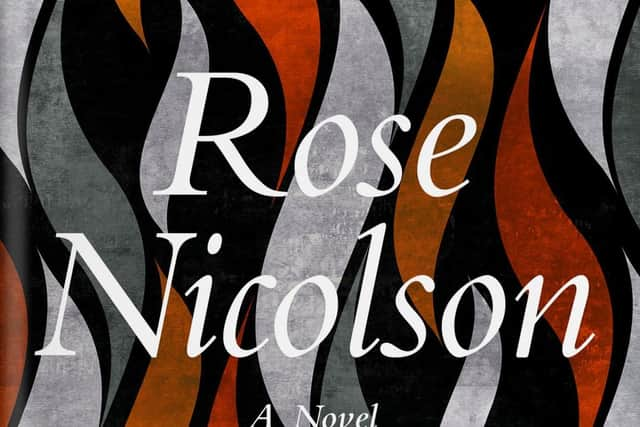Rose Nicolson Part 1: Death of a father


BOOK I: THE SONSIE QUINE (St Andrews, 1574–1578)
Prologue: The Doo-Cot
We had become near-accustomed to the farting thud of small cannon, the prattle of musketry, the yelled orders and clashed steel, all swirling about our city’s tenements. Then followed the clatter as a sortie of Queen’s Men from the Castle swept through the barricades, down the High Street to confront the King’s Men.


At the first explosions, my father would sigh, go down the winding stair to bar the entrance to our close, then latch-key our nail-studded door. He would return to our refuge, solemnly count our heads, place the key on his work table, then go back to writing inventories and bills of sale.
Advertisement
Hide AdAdvertisement
Hide AdMon Dieu! my mother might mutter, not breaking off from sorting haberdashery pledges.
That work room was most the solid and siccar place in our house, its hidden heart. My father in a rare flight of fancy cried it The Doo-Cot. Not that we kept doves in it, but rather scrolls of contracts, receipts and undertakings. These roosted within the wooden cubbyholes that lined three walls of the room, from knee-height to ceiling.
My father made them himself from ornate panelling ripped from Blackfriars following one of Preacher Knox’s inspirational sermons on Christ cleansing the Temple. Most of the ornamentation had been prised or slashed off the panels, but the occasional serpent, Tree of Life, sheaf of corn and mild ox remained, to my delight as a bairn.
They became part of his filing system. You’ll find the Mar papers lying down next tae the Lamb, or, with relish, The Archbishop’s accounts are to the richt o the Gates o Hell.
Advertisement
Hide AdAdvertisement
Hide AdFragrant with ink, parchment and sealing wax, steeped in peat smoke in winter months, the Doo-Cot was my favoured place in our home. My mother cried it the Counting House. How their marriage, as the Reform gripped and even the most cautious had to take sides, is laid bare in that divergence!
For months now the Queen’s Men had held Embra Castle and the surrounding tenements of the upper part of the town, including our Anchor Close. The King’s Men, led by the Earl of Morton, held the Canongait, Holyrude and Leith. Our Queen Mary had fled, but might return with a French army. Her son and heir Jamie Saxt, said to be a poorly made bairn, was held ‘under protection’ in Stirling Castle, and who kenned what he wanted?